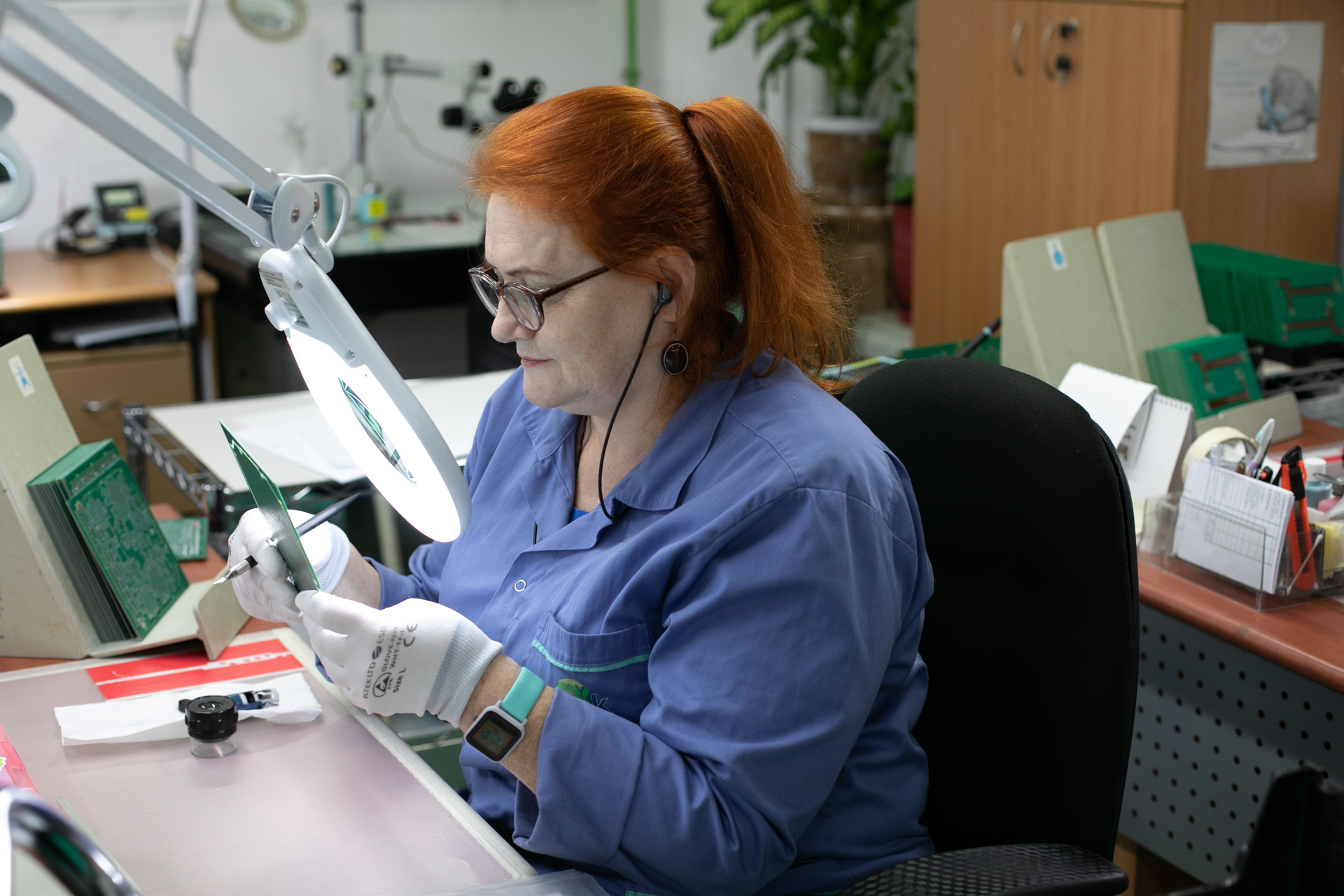Wanted: qualified workers. Now!

Why is it especially difficult for SMBs to hire skilled employees?
Success in a knowledge-based industry like electronics manufacturing is dependent on employee expertise. However, in today’s competitive talent market, many small and medium-sized businesses (SMBs) are struggling to recruit qualified workers. One of the primary challenges for SMBs is salary. That’s because on average, large enterprises can offer employees higher base wages and more perks than SMBs can. Also, enterprises run manufacturing operations in shifts around the clock, seven days a week, offering employees a more flexible work week and higher wages when they work over weekends, a benefit most SMBs cannot compete with.
Another barrier to recruitment for SMBs is training. In many cases, SMB manufacturers only have one site, limiting their training capacity and forcing them to outsource training to third parties like software or equipment suppliers. Multi-site enterprises can send their employees to different sites to learn and specialize, and often have specialized training departments with internal training resources.
Geographic limitations
Last but not least, SMBs are less flexible geographically than enterprise employers, which also impacts their ability to recruit qualified workers. For example, in regions where unemployment is low, there is more competition between manufacturers. Enterprises with multiple locations can circumvent the regional competition by hiring in other locations, but SMBs that only work in one region cannot.
Enterprises that have factories in both low-cost and high-cost labor countries can also choose different production sites based on the products’ profit margins. For example, high-volume, low-cost products can be manufactured in low-cost labor countries to ensure a profit margin for the enterprise. SMBs can’t move production around, forcing them to produce low-cost products with higher-cost labor, which has a dire effect on their profit margins.
How is technology helping to bridge the gap?
How can SMBs overcome these challenges? The key is not in recruiting more workers, but rather using technology to accomplish more with the workers they already have.

Automation
Automation is often a gamechanger for SMBs, allowing them to accomplish more without the need to recruit new employees. For example, when repetitive manual tasks are automated, employees can perform more tasks and accomplish more in the same amount of time. This boosts profitability for employers, including SMBs.
Repetitive tasks are not the only things that can be automated to save valuable employee time. Material management can also be automated so that employees don’t need to spend time looking for material or return locations. Material can also be ordered automatically based on pre-defined consumption levels. Warehouse staff can eliminate the need to conduct frequent, time-consuming inventory counts by using X-ray machines to perform these tasks in seconds.
This type of automation has an impact not only on number of employees needed in an SMB, but also on production downtime and delays in its operations.
Improving production efficiency
Another way that SMBs can achieve more without adding workers is by redesigning PCBs to eliminate or combine some of the production phases, shortening the manufacturing process. With a smaller number of phases—limited to SMT, TH, and mechanical assembly, for example—there are fewer working processes and fewer employees are needed. As an added benefit, products with fewer phases are often of higher quality.
A ray of hope
It’s clear that SMBs have inherent challenges when it comes to recruiting qualified workers. Yet, there are ways around the obstacles. With the right technology, SMBs can achieve more with the employees they have and at the same time increase the quality of products and the OEE of the factory.

Marius Stepanescu is the Technical Director at ICCO EMT, a Romanian electronics manufacturer offering PCB production and assembly services in Europe and the Romanian market, where he leads the engineering team.